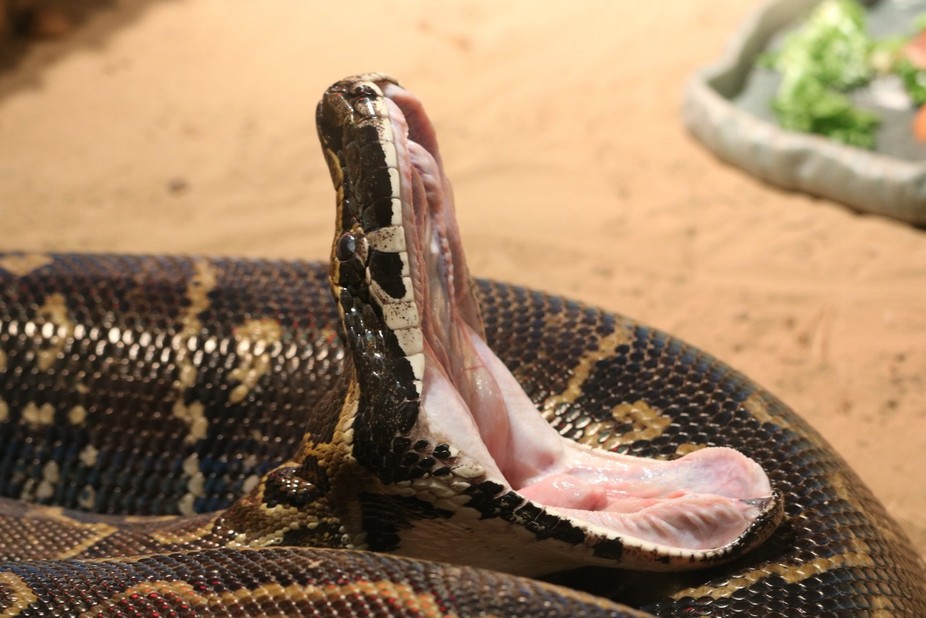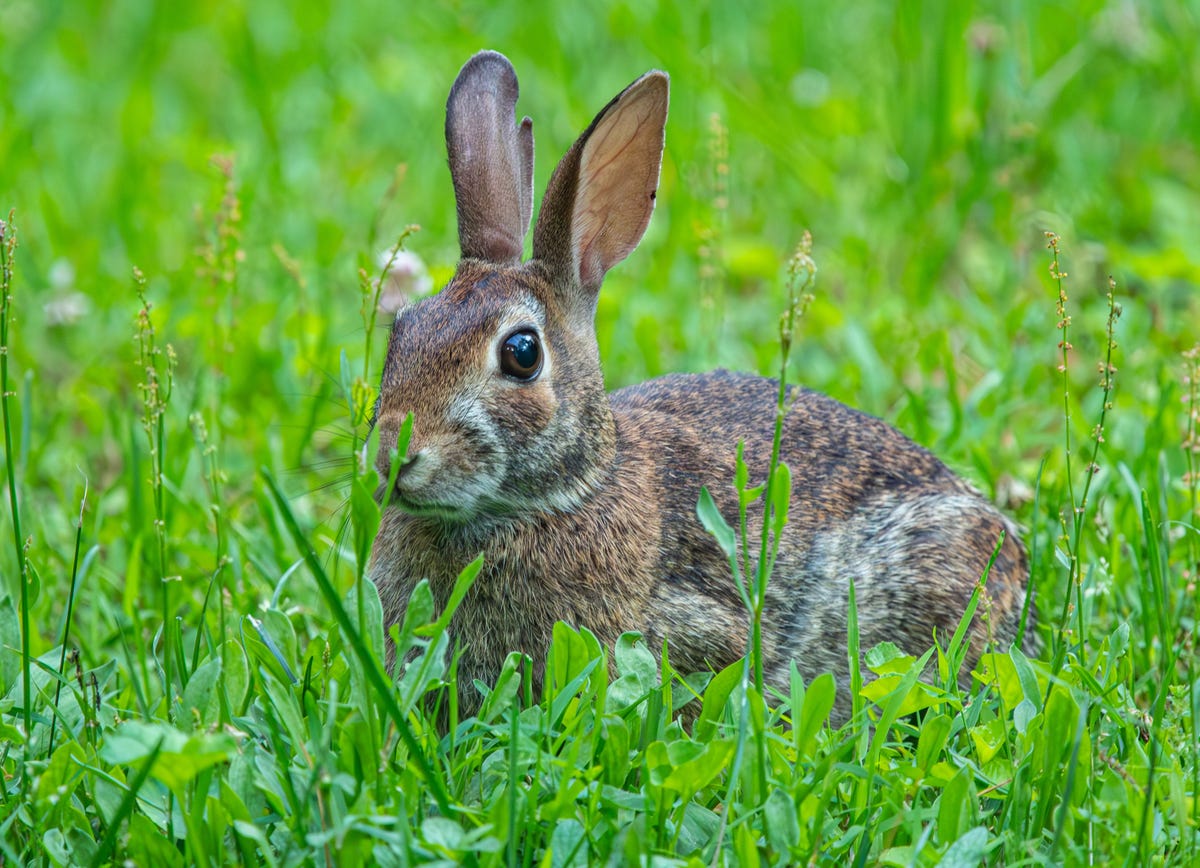Why do snakes yawn?

One behavior that has intrigued herpetologists and snake enthusiasts alike is the seemingly enigmatic act of snakes yawning. But before delving into the reasons behind snake yawning, it is essential to understand the mechanics of a snake’s yawn.
Unlike mammals, snakes lack a diaphragm, the muscle responsible for involuntary respiratory movements like yawning. Instead, snakes possess a unique set of muscles and structures in their skull and jaw that facilitate the expansion of their mouth. Observing these anatomical features provides a foundation for deciphering the purpose behind snake yawns.
Shedding Light on Respiration
One primary function of snake yawning is associated with respiration. Snakes are obligate breathers, meaning they rely on muscular contractions to move air in and out of their lungs. Yawning allows them to stretch their jaw, throat, and associated muscles, promoting efficient air exchange. This respiratory function becomes particularly crucial during specific activities, such as after a hearty meal or as a prelude to shedding their skin.
A Prelude to Shedding
Snakes are renowned for shedding their skin, a process known as ecdysis. Yawning often precedes the shedding event, and researchers believe it serves as a preparatory action. As a snake readies itself to slough off its old skin, yawning aids in loosening the skin around the mouth and head. This preparatory yawn facilitates the smooth shedding process, ensuring that the old skin peels away seamlessly, leaving behind a gleaming new layer.
Temperamental Yawning
Observing snake behavior in different contexts reveals that yawning is not limited to specific situations. Snakes yawn during periods of relaxation, basking, or even when handled by caretakers. This versatile behavior hints at the possibility that yawning serves multiple purposes for snakes, including maintaining oral health, stretching their muscles, and communicating with their surroundings.
The Thermal Dance
Snakes are ectothermic, relying on external heat sources to regulate their body temperature. Yawning has been observed in snakes during basking activities, and researchers suggest that this behavior may play a role in thermoregulation. By opening their mouths wide, snakes may dissipate excess heat more efficiently, especially in warmer environments. This thermal dance through yawning aligns with the intricate ways in which snakes adapt to their surroundings.
The Behavioral Communication
Beyond its physiological functions, snake yawning might also serve as a form of communication. Intraspecific communication among snakes involves a range of visual and chemical signals. Yawning, with its visible display of the interior of the mouth, could convey information to other snakes in the vicinity. This aspect of yawning adds a layer of complexity to the understanding of snake behavior and social dynamics.
The Human Connection
As snake enthusiasts and caretakers observe these reptiles in captivity, the act of yawning establishes a peculiar connection between humans and snakes. It becomes a moment of interaction, a glimpse into the snake’s world and a reminder of the shared marvels of the animal kingdom. The ability to interpret and respond to snake yawning fosters a deeper appreciation for these creatures and the nuances of their behavior.










